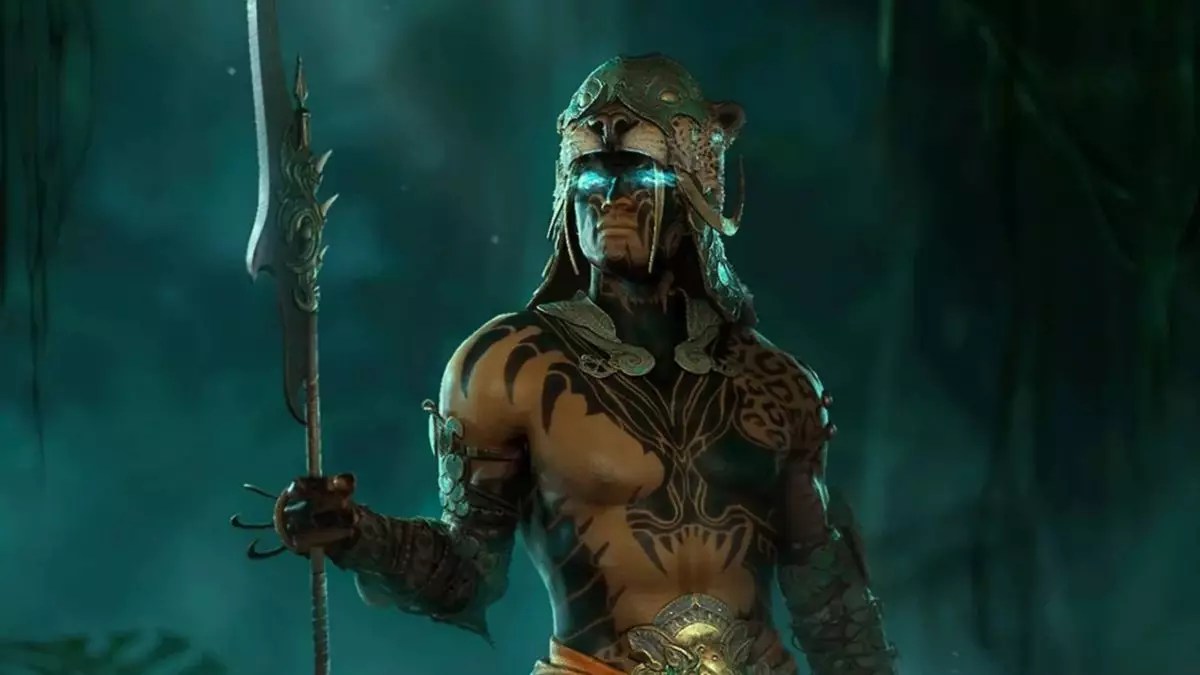The recent addition of the Spiritborn class in Diablo 4 through the Vessel of Hatred DLC has ignited discussions within the gaming community. This new class, while generating mostly positive feedback, has come under fire for certain imbalances, primarily due to the potential for players to exploit unintended mechanics to achieve astonishingly high damage outputs. As a result, Diablo 4’s general manager, Rod Fergusson, sought community input regarding whether changes should be made to balance the Spiritborn class with the existing roster.
Player Response and Community Sentiment
Fergusson’s approach included a “non-binding poll” shared on Twitter, presenting players with a choice: to modify the Spiritborn for better balance across classes or to leave it as is in the name of player enjoyment. The response was overwhelmingly in favor of keeping the class unchanged; at the time of reporting, an impressive 63.1% of players voted for maintaining the Spiritborn’s current state. This community consensus presents a fascinating dynamic where the desire for balance is countered by an eagerness to embrace the chaos the Spiritborn can unleash.
The implications of this overwhelming preference raise important questions about player expectations in a game like Diablo 4. Players are often torn between the thrill of experimenting with powerful builds and a desire for fair competition among character classes. The existence of such extreme discrepancies in power—one analysis suggested that Spiritborn could be “100,000 times stronger” than other classes—further complicates the perception of fairness within the game.
The Consideration of Developer Intervention
Blizzard’s decision to gauge player sentiment before making any adjustments is a strategic move reflecting past mistakes. Historically, the company has faced backlash for hasty decisions leading to dissatisfaction among its player base. Engaging the community helps Blizzard to navigate the precarious balance between ensuring a fun gaming experience and maintaining competitive integrity.
This situation is emblematic of a deeper issue in multiplayer games: the challenge of finding equilibrium between the joy of experimenting with powerful combinations and the frustration of facing opponents who utilize exploits. Balancing a character class often involves meticulous data analysis and player feedback, and Blizzard seems to be taking a prudent path by communicating with its audience.
As the debate surrounding the Spiritborn class continues, it is clear that player voices are paramount in shaping the future of Diablo 4. The overwhelming preference to retain the class’s current capabilities indicates a community that values enjoyment over strict balance. However, Blizzard must remain vigilant in monitoring gameplay to ensure that the game remains enjoyable for all players while preventing the proliferation of exploits.
Ultimately, the success of Diablo 4—and its developer’s reputation—hinges on their ability to navigate these discussions effectively. Balancing the thrill of newfound powers with the need for a fair competitive environment may indeed be one of the defining challenges of the online gaming landscape. Whether Blizzard chooses to heed its community’s wishes or implement balance changes will chart the course for the future of the Spiritborn class—and perhaps the entire Diablo franchise.


Leave a Reply